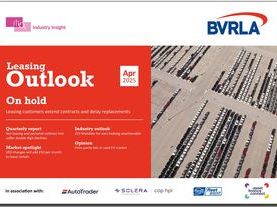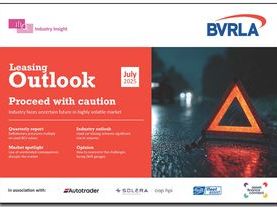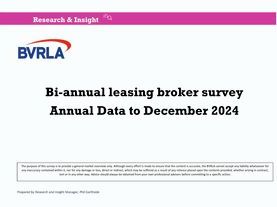The BVRLA has commissioned new, independent tax modelling from expert research group Cambridge Econometrics, which assesses the impact of different fiscal policies on future electric vehicles (EV) volumes across the passenger car fleet.
As a result of the Government’s statutory target to bring all greenhouse gas emissions to net zero by 2050 it has committed to phase out the sale of cars and vans with a combustion engine (including hybrids) by 2040 and has consulted on bringing this forward to 2035. This study gives detailed insights into what measures are required if the Government is to deliver such a phase out date.
The key findings from the report include:
1. Without additional policies measures, a 2040 phase out of ICE sales can be achieved, but a 2035 phase out cannot.
2. A significant increase in policy measures is required to deliver 95% of new registrations as EVs in 2035, a level which would make an outright ban on the sale of ICEs feasible. The analysis shows that this range of measures should include:
- a strong differential in Company Car Tax rates between EVs and other vehicle types
- a continued Plug-in Car Grant for EVs
- a reduction in purchase taxes through extension of Enhanced Capital Allowances to lease vehicles and a VAT exemption for EVs.
3. Deployment of new EVs into the fleet market is expected to be more rapid than the private market, due to rapid turnover rates and a stronger set of tax incentives.
4. There are environmental benefits from a more rapid transition. The shift away from ICEs will reduce tailpipe emissions of CO2, NOx and particulates on UK roads, by 10.4%, 9.3% and 2.7% respectively over the period 2020-50.
5. Over the period 2020-50 Cambridge Econometrics estimate that the Government will need to invest nearly £100 billion in policies to make its phase out target possible.
6. This figure does not include the economic impacts of this transition, which would be expected to impact on the net costs, for example, on job creation from vehicle manufacturing or battery production.
7. Annual policy costs in this scenario peak at £16.7 billion in 2032, equivalent to just less than 2% of total government expenditure in 2019.




